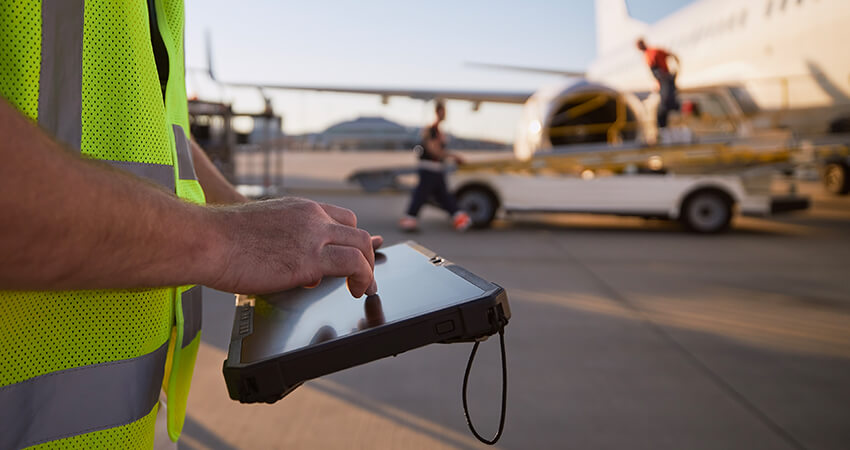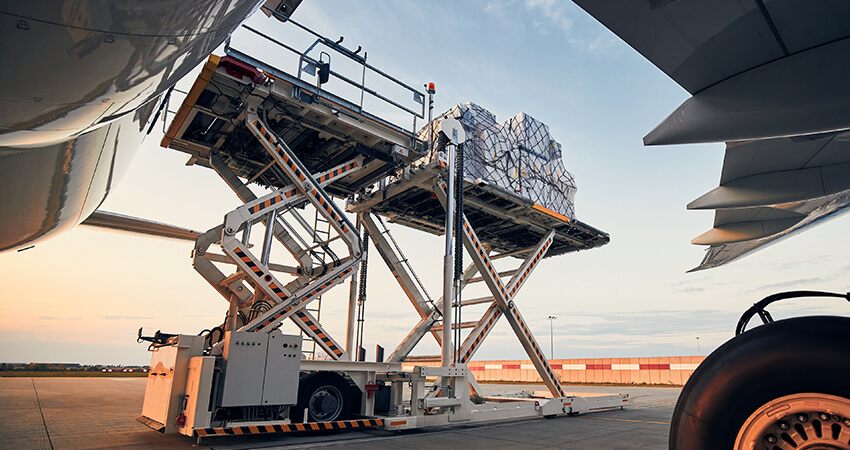Cargo aviation is a fundamental pillar of the global economy. While it moves only 1% of the cargo volume, it transports 35% of the value, demonstrating its key role in international trade.
In 2020, with the COVID-19 pandemic, the industry faced a sudden halt, but it was already experiencing stagnation in the preceding years. Although 2019 seemed to be reversing it, the effects of the 2008 crisis were still being felt. However, since the pandemic’s onset, the demand has continued to grow.
This presents a significant challenge: how to meet this growing demand without compromising the planet’s sustainability. This is the challenge that the sector faces, compelling it to adapt many of its practices and actions to respond to increasing demand.
A Demand with More Requirements
The rise of e-commerce and international cargo shipping, globalization, and the demand for products from around the world have driven the need for fast and efficient cargo transport. Logistics and freight transport companies are under constant pressure to meet increasingly tight delivery expectations.
Furthermore, there has been a marked increase in demand for products that could be considered luxurious but have become everyday necessities. Tropical flowers are a clear example of this trend. Such products require swift transportation to be commercialized. This growing demand has boosted the cargo aviation industry but has also placed increased pressure on natural resources and the environment.
Sustainability in the Face of Growing Demand

The adoption of more fuel-efficient cargo aircraft is essential. New technologies and aircraft designs allow for reduced emissions and increased efficiency. Modern cargo planes consume less fuel per ton transported, not only reducing operational costs but also minimizing the carbon footprint.
In this context, the use of biofuels is another sustainable initiative gaining momentum. Sustainable aviation fuel is being developed more and more. Biofuels, in particular, are produced from renewable sources such as agricultural crops and organic waste. Using biofuels instead of fossil fuels is another way to reduce the environmental impact of the industry.
The use of air traffic management systems is also important. These software programs, in some cases using algorithms or artificial intelligence, can help optimize flight routes and reduce flight time. This allows for more fuel-efficient travel, fewer emissions, and less airspace congestion.
What Happens to Old Aircraft
Sustainability in cargo aviation also extends to fleet management. Many companies are looking for ways to recycle or reuse their aircraft materials when they have reached the end of their service life or are being replaced.
These strategies include the reuse and recycling of aircraft components and materials at the end of their life cycle, or even selling them to other airlines to continue their use. This reduces waste and the environmental impact that would result from dismantling and rendering an aircraft unusable.
In cases where an aircraft is indeed no longer in use, companies are looking to minimize the impact of its retirement. This involves treating many of the components and even reusing the fuselage. Thus, old aircraft can be used for aviation personnel training or for other innovative purposes, such as housing.
Vertical and Horizontal Collaboration
Another important aspect of sustainability in cargo aviation is collaboration between various business sectors. Airlines, aircraft manufacturers, logistics service providers, regulators, and other industry stakeholders must work together to find solutions. This collaboration includes joint research into cleaner technologies, the development of stricter regulations, and the promotion of sustainable practices.
This can also include collaboration practices among competitors. In fact, many airlines are already seeking ways to collaborate in various ways. Alliances between these companies, such as SkyTeam, OneWorld, or Star Alliance, work very well in the passenger transport sector. Although cargo may require significant logistical coordination, it would undoubtedly be a way to improve efficiency and reduce environmental impact.










